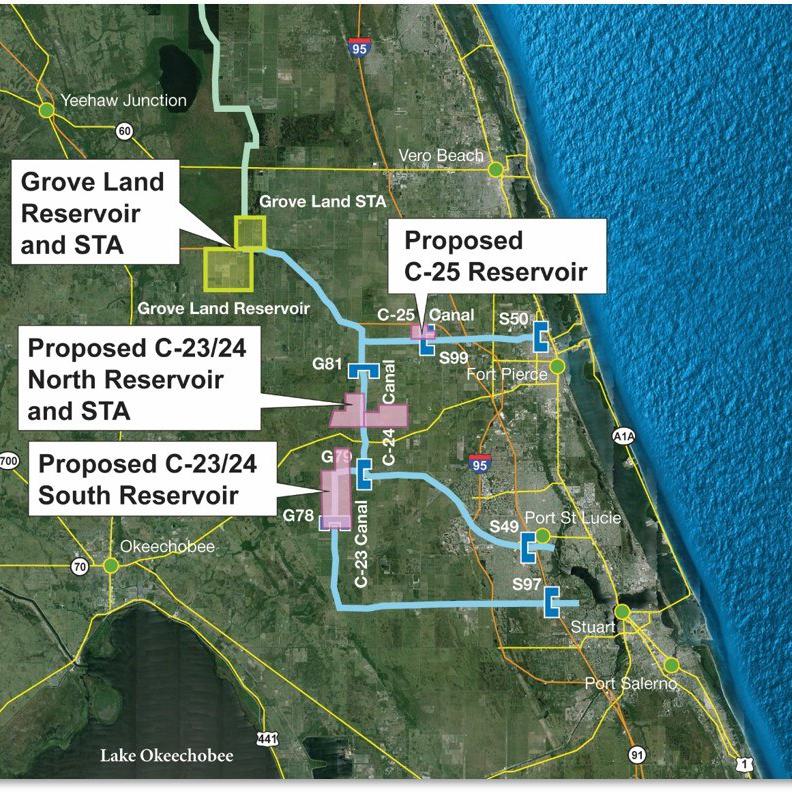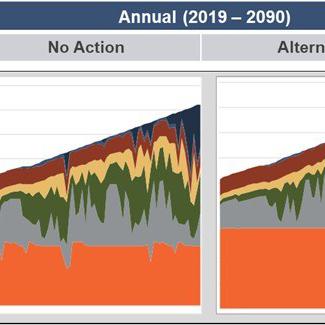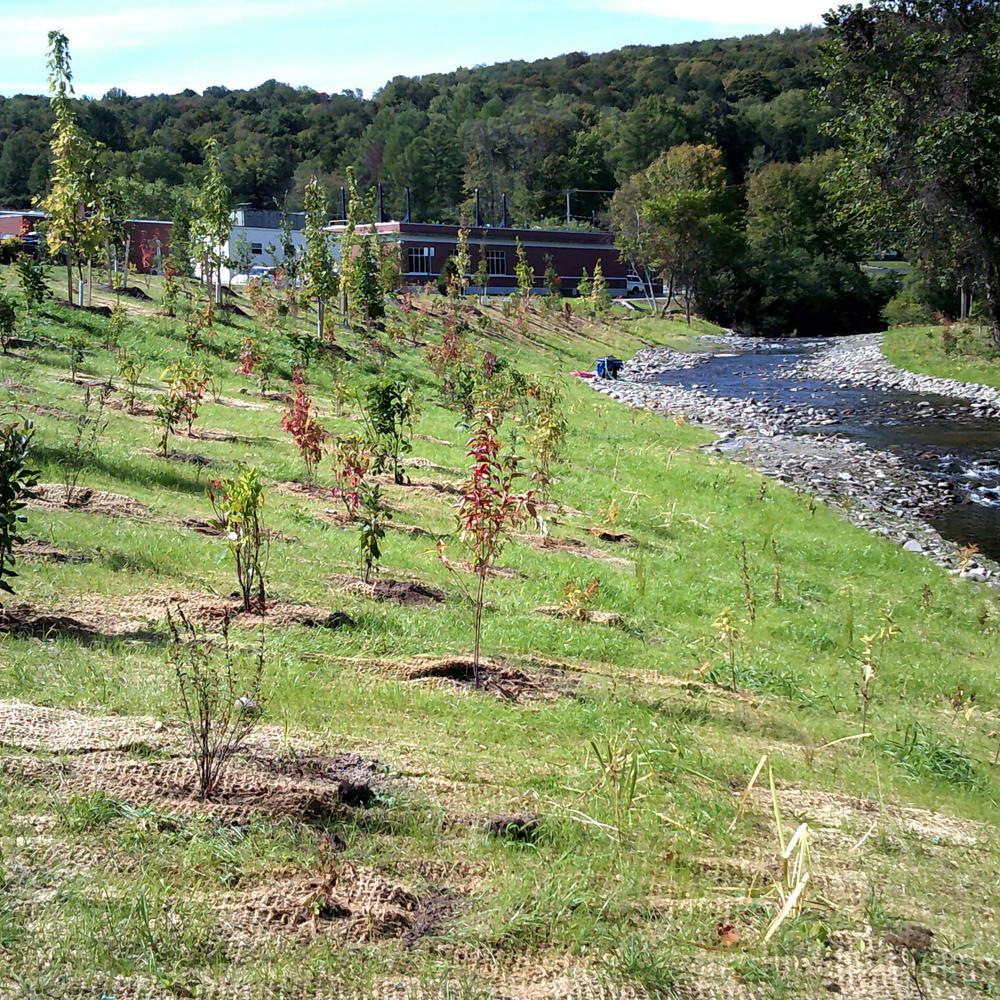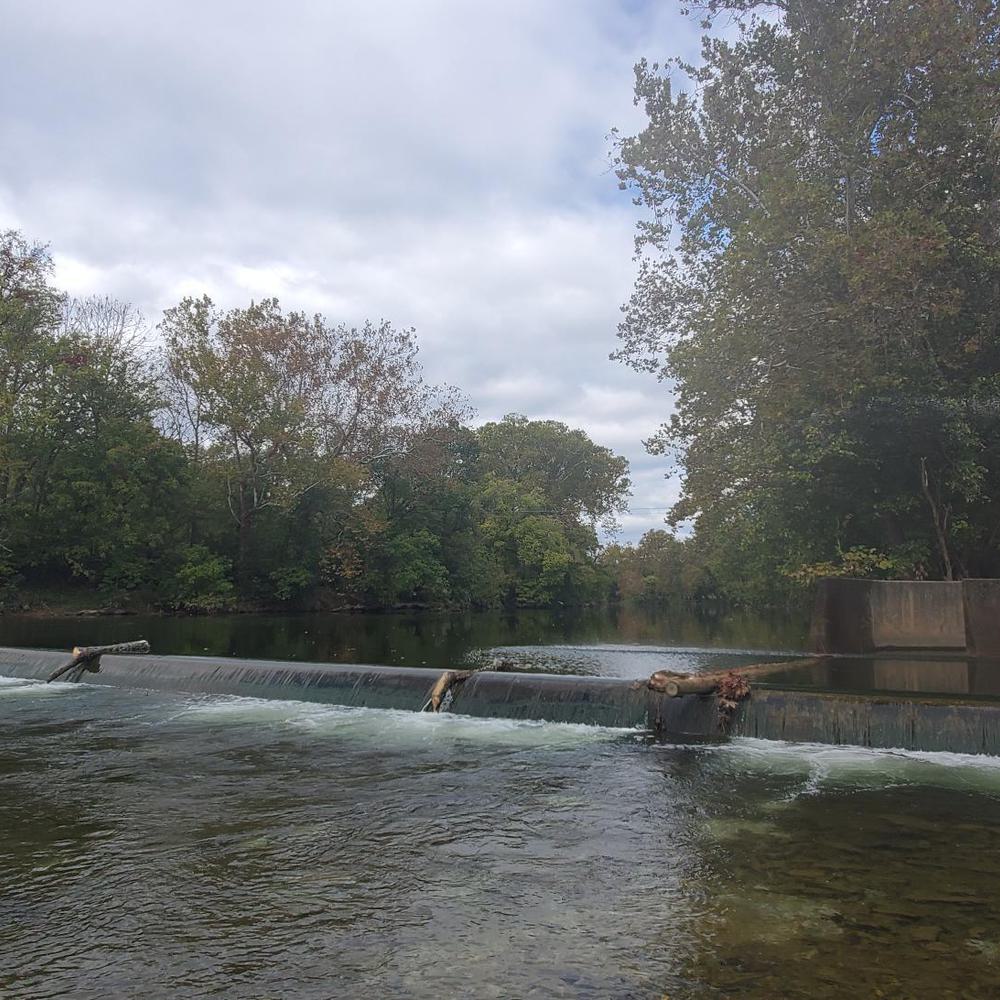Water Demand Management Plan for New York City
In support of New York City DEP's Water for the Future initiative, Hazen and Sawyer assisted DEP in developing conservation strategies, water demand profiles, and information management support for a city-wide Water Demand Management Plan.
The goal of this plan was to prepare the City for future water supply shortage conditions by verifying ways to achieve a five percent city-wide demand reduction through planning, evaluating, and implementing water conservation strategies throughout the City.

Jack Kiefer is a nationally recognized expert in issues related to water demand management and planning, particularly in the areas of water demand modeling, forecasting and conservation program evaluation.
Preparing for the Future
The plan enhanced DEP’s Municipal Water Efficiency Program by identifying and prioritizing revenue-neutral water conservation strategies at City-owned properties and facilities.
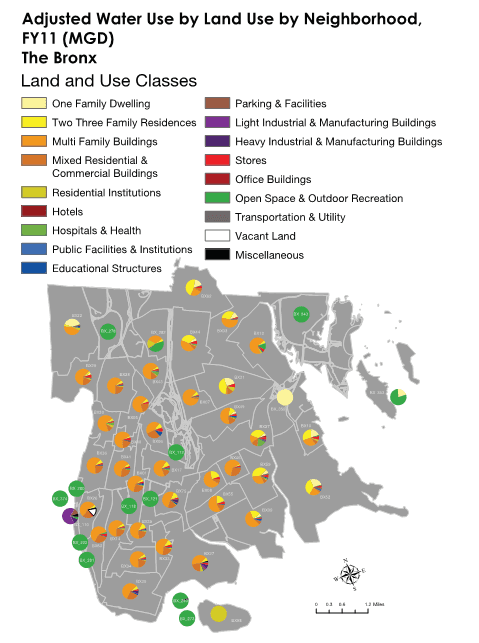
Project Outcomes and Benefits
- Conservation activities within the DMP garnered high public interest, approval, and support in through community outreach and high-visibility press releases.
- Several proof-of-concept Conservation Pilot Projects involving the adaptation of water efficient infrastructure were successfully implemented (including low-flow fixtures in government facilities and spray shower timers and activation buttons at playgrounds).
- Task findings facilitated interagency collaborations and resulted in beneficial synergies between the Water for the Future Program and other ongoing city-wide sustainability initiatives.
- Via analysis of demand data as part of DMP development, critical updates were provided to DEP’s Water Shortage Management Plan to potentially achieve 6 to 18 percent water use reduction during different emergency drought stages.
- The plan also guided DEP’s Residential Water Efficiency Program. DEP’s Toilet Replacement Program will target approximately 750,000 properties in two phases: Phase I will target mostly multi-family buildings with older plumbing fixtures, while Phase II will expand the program to smaller building owners and single-family homes.
- Plan development included an unprecedented analysis of DEP’s 800,000 AMR accounts at a daily time step. To support this analysis, a basis for an invaluable AMR-Map PLUTO SQL database tool was developed.
- AMR-Map PLUTO SQL database tool enabled new capabilities for spatial water demand profiles across City neighborhoods, seasonality and peaking evaluations, analysis of water use trends across building and land use classes, and identification of consistent large water users.





